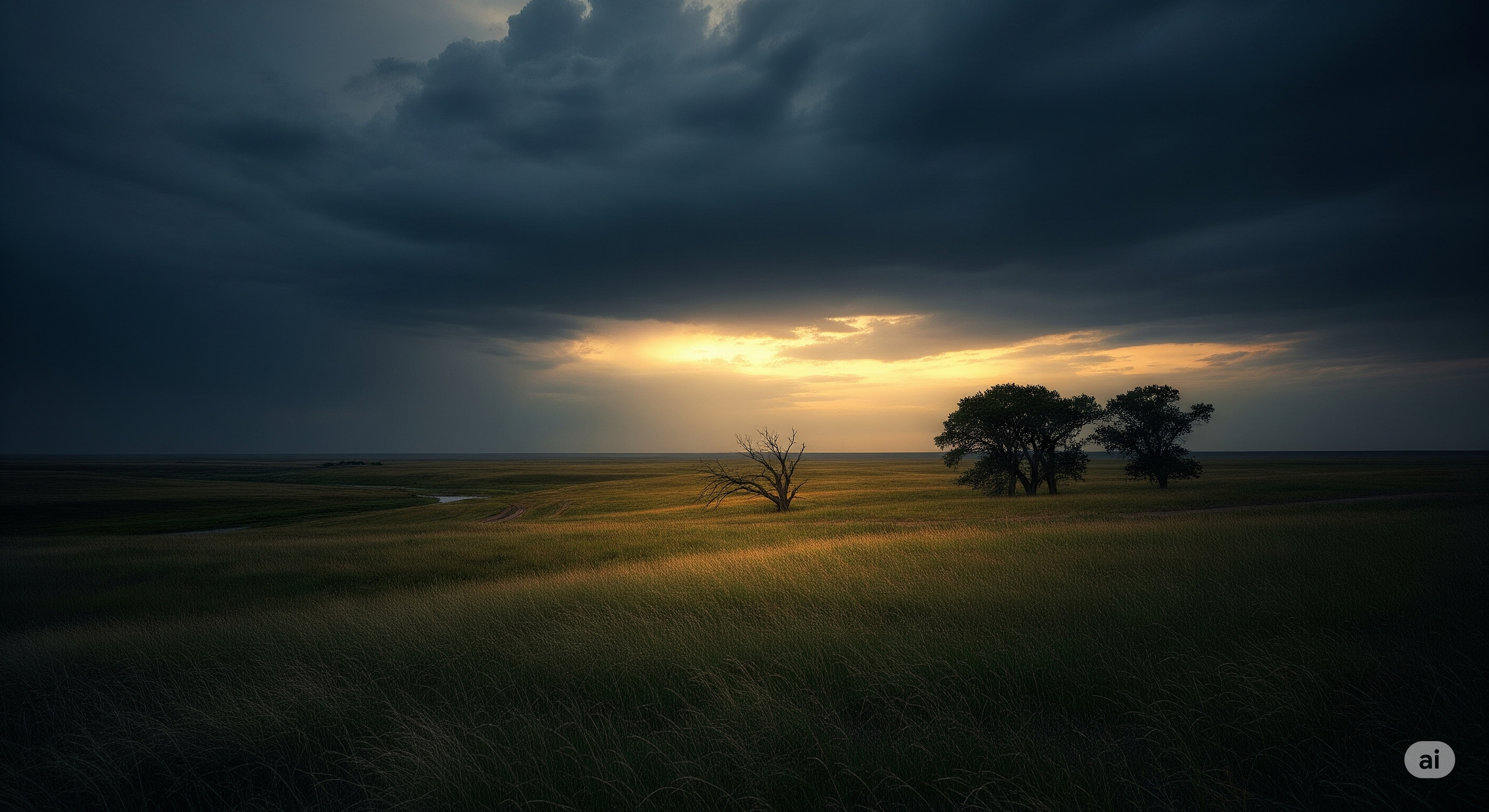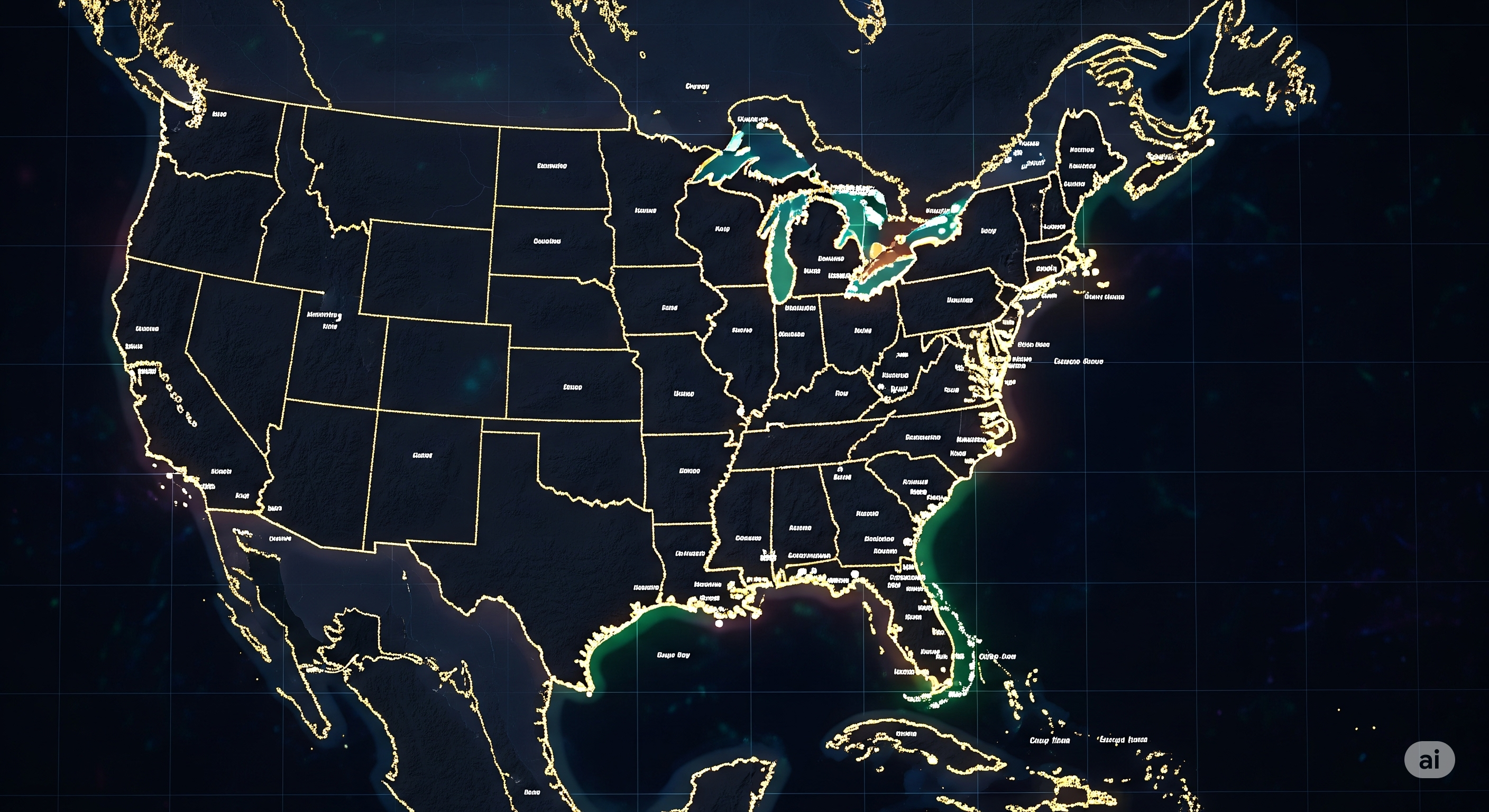Introduction
The United States, with its vast geographical expanse, exhibits a wide range of climatic conditions and weather patterns. Among these, local winds play a crucial role in shaping both the natural environment and human activity. Unlike global or regional winds, which cover large areas, local winds are confined to specific regions and are heavily influenced by topography, temperature differences, and oceanic or lake influences.
Local winds affect agriculture, lifestyle, health, transportation, and energy use. For example, winds can bring moisture for crops, influence temperatures, or trigger storms that impact human settlements. Understanding these winds is essential for farmers, urban planners, and environmental scientists in the USA.
This article explores the major local winds in the USA, their characteristics, regions of occurrence, seasonal variations, and impacts on agriculture and daily life.
1. Santa Ana Winds – Southern California
Overview
The Santa Ana winds are perhaps the most famous local winds in the USA. They are strong, dry, and warm winds that blow from the inland deserts toward the Pacific Coast in Southern California.
Formation and Characteristics
- These winds originate from high-pressure areas over the Great Basin and flow toward the low-pressure coastal regions.
- As air descends from higher altitudes, it compresses and warms, creating dry and hot conditions.
- Speeds can reach 40–60 mph, with occasional gusts exceeding 70 mph.
Impact on Lifestyle
- Santa Ana winds are known to increase wildfire risk, as seen in California’s devastating fire seasons.
- They affect air quality, carrying dust and smoke over urban areas, which can trigger respiratory issues.
- Residents often adjust outdoor activities during these periods, avoiding strenuous tasks or travel in high-risk zones.
Impact on Agriculture
- Crops can dry out quickly, necessitating increased irrigation.
- Fires triggered by these winds can destroy vineyards, orchards, and vegetable farms.
- Farmers often modify planting schedules and implement windbreaks to protect crops.
2. Chinook Winds – Rocky Mountains
Overview
The Chinook winds are warm, dry winds that occur on the eastern slopes of the Rocky Mountains, particularly in Montana, Wyoming, and Colorado.
Formation and Characteristics
- Air masses from the Pacific Ocean rise over the Rockies, cool, and lose moisture as snow or rain on the western slopes.
- As the air descends the eastern slopes, it warms rapidly, causing temperature increases of 10–20°C within hours.
- Known as “snow eaters”, these winds can rapidly melt snowpack.
Impact on Lifestyle
- Chinook winds bring sudden warmth in winter, reducing heating needs temporarily.
- They can trigger snowmelt-related flooding and increase risk of avalanches.
- Residents may experience rapid weather changes, requiring flexibility in daily routines.
Impact on Agriculture
- The rapid snowmelt provides water for irrigation, benefiting crops like wheat and barley.
- However, sudden warmth can damage winter wheat or other crops vulnerable to temperature fluctuations.
- Farmers often plan irrigation and sowing schedules around Chinook occurrences.
3. Nor’easters – Northeastern USA
Overview
Nor’easters are powerful local storms affecting the New England coast, New York, and New Jersey, typically from late fall to early spring.
Formation and Characteristics
- These winds blow from the northeast, carrying cold air from the Atlantic Ocean.
- They are associated with low-pressure systems, heavy snowfall, and strong coastal winds.
- Storms can last for several days, bringing blizzard-like conditions and coastal flooding.
Impact on Lifestyle
- Nor’easters disrupt transportation, schools, and businesses due to snow and ice.
- Coastal communities face flooding and property damage, requiring emergency preparedness.
- Residents adjust heating needs and stock supplies during winter months.
Impact on Agriculture
- Snow cover can protect crops like winter wheat from extreme cold.
- However, heavy snowfall and flooding can damage orchards, vegetable fields, and farm infrastructure.
- Farmers may use protective measures such as row covers and drainage systems.
4. Gulf Breezes and Sea Breezes – Coastal States
Overview
The Gulf of Mexico and Atlantic coastal states experience sea breezes and gulf breezes, which are local winds occurring daily in summer months.
Formation and Characteristics
- During the day, land heats faster than water, creating a pressure difference.
- Cool air from the ocean or gulf moves inland, forming a sea or gulf breeze.
- At night, the reverse occurs, with land breezes flowing toward the water.
Impact on Lifestyle
- Sea breezes moderate coastal temperatures, making summer heat more tolerable.
- They reduce the need for air conditioning and improve outdoor comfort.
- Coastal recreation, such as beaches and boating, depends on predictable breeze patterns.
Impact on Agriculture
- These winds help cool crops, reducing heat stress in vegetables and fruit orchards.
- They influence pollination and pest management, as airflow affects insect movement.
- Farmers near coasts may rely on sea breezes to protect sensitive crops like strawberries and tomatoes.
5. Diablo Winds – Northern California
Overview
Similar to the Santa Ana winds, Diablo winds occur in Northern California, particularly around the San Francisco Bay Area.
Formation and Characteristics
- Hot, dry air descends from the interior mountains toward the coast, particularly in late summer and fall.
- Speeds range from 20–50 mph, often bringing extremely dry conditions.
- These winds are named after the “Devil”, reflecting their dangerous fire-prone nature.
Impact on Lifestyle
- Increased risk of wildfires, requiring evacuation plans and monitoring.
- Air quality deteriorates due to smoke and dust, affecting health.
- Residents may limit outdoor activities during strong wind events.
Impact on Agriculture
- Vineyards and orchards are particularly vulnerable to fire and desiccation.
- Farmers implement irrigation and protective barriers to reduce crop stress.
- Fire management strategies are integrated into agricultural planning.
6. Prevailing Winds and Localized Storm Systems
Overview
Other localized winds in the USA include lake-effect winds, mountain-valley breezes, and katabatic winds, which impact specific regions:
- Lake-Effect Winds: Occur around Great Lakes, bringing heavy snow to nearby regions in winter.
- Mountain-Valley Breezes: Daytime upslope winds and nighttime downslope winds in mountainous areas affect microclimates for crops.
- Katabatic Winds: Cold, dense air flows from high elevations to valleys, common in parts of Alaska and Colorado, impacting frost-sensitive crops.
Impact on Lifestyle and Agriculture
- Lake-effect snow shapes road maintenance, school schedules, and winter recreation.
- Mountain-valley winds create temperature variations, influencing orchard frost management.
- Katabatic winds require greenhouses and frost protection techniques to safeguard sensitive crops.
7. Seasonal and Regional Variations
- Summer: Coastal and gulf breezes dominate, reducing heat stress for humans and crops.
- Winter: Chinook winds and Nor’easters influence temperature extremes and snow distribution.
- Fall: Santa Ana and Diablo winds heighten wildfire risk.
- Spring: Winds contribute to pollination, pest control, and soil drying.
- Different regions experience unique combinations of local winds due to topography, proximity to water, and latitude.
- Farmers, city planners, and residents adjust agriculture calendars, construction practices, and lifestyle choices according to these wind patterns.
8. Impact on Energy and Infrastructure
- Local winds are increasingly harnessed for wind energy, particularly in the Great Plains (the “Wind Belt”) and coastal areas.
- Urban planning considers wind corridors for ventilation and pollution control.
- Strong winds from Santa Ana, Diablo, and Nor’easters necessitate robust building codes and disaster preparedness.
9. Summary of Key Local Winds in the USA
| Wind Type | Region | Characteristics | Impact on Lifestyle | Impact on Agriculture |
|---|---|---|---|---|
| Santa Ana | Southern California | Hot, dry, strong | Wildfire risk, air quality | Crop drying, fire hazard |
| Chinook | Rockies | Warm, dry, rapid | Winter warming, flood risk | Snowmelt irrigation, crop damage |
| Nor’easters | Northeast USA | Cold, stormy, snowy | Travel disruption, flooding | Winter crop protection, storm damage |
| Sea/Gulf Breezes | Gulf & Atlantic Coast | Cool, daily | Comfort, outdoor activity | Heat mitigation, pollination |
| Diablo | Northern California | Hot, dry, strong | Fire risk | Vineyard & orchard stress |
| Lake-Effect | Great Lakes | Cold, snowy | Transport disruption | Winter crop protection |
| Katabatic | Mountains & Alaska | Cold, downslope | Frost risk | Frost-sensitive crops |
Conclusion
Local winds are an essential feature of the USA’s diverse climate system. They influence agriculture, lifestyle, energy use, and natural hazards, requiring both awareness and adaptation. From the fire-prone Santa Ana and Diablo winds in California to the snow-eating Chinooks in the Rockies and humid sea breezes along the Gulf, each wind has a distinct regional impact.
Farmers plan crop cycles, irrigation, and frost protection around these winds, while urban residents adjust daily life and emergency preparedness accordingly. Understanding and managing the interplay between local winds and human activity is crucial for sustainable development and resilience across the United States.
The study of local winds highlights the interconnectedness of geography, climate, and human society, emphasizing the importance of meteorological knowledge in shaping both economic and cultural landscapes.




